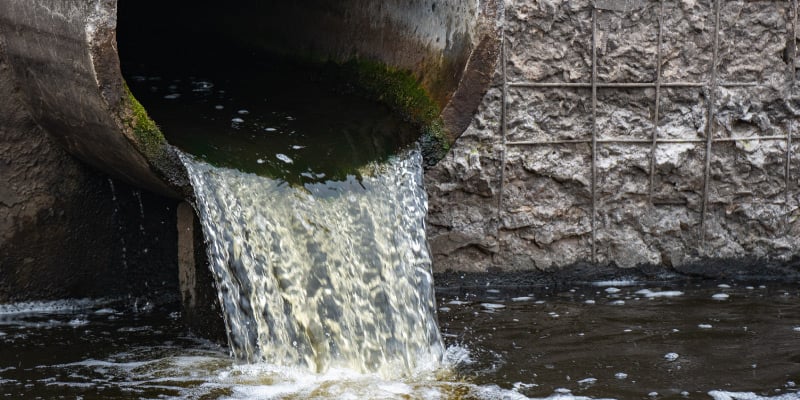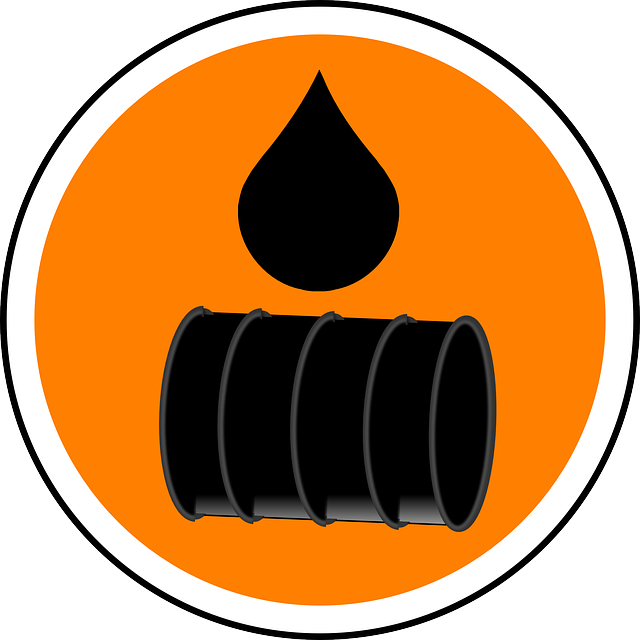Expert Liquid Waste Removal Melbourne: Quick and Affordable Services
Expert Liquid Waste Removal Melbourne: Quick and Affordable Services
Blog Article
Exactly How Fluid Garbage Disposal Functions: A Thorough Summary of Strategies and Technologies Employed

Overview of Fluid Waste Types
The complexity of liquid waste kinds necessitates a complete understanding of their attributes and implications for disposal. Fluid waste can generally be classified into a number of types, including industrial, municipal, farming, and contaminated materials. Each group displays distinct residential or commercial properties, requiring certain monitoring approaches to minimize environmental and wellness threats.
Industrial fluid waste stems from producing procedures and commonly has a series of contaminants, such as heavy steels, solvents, and natural substances. Local fluid waste, largely comprising wastewater from households and business facilities, contains raw material, nutrients, and virus (industrial wastewater treatment). Agricultural liquid waste, consisting of overflow from farms, may include fertilizers, pesticides, and animal waste, presenting threats to water quality and ecological communities
Harmful fluid waste is identified by its poisoning, sensitivity, or prospective to cause injury. Understanding these varied liquid waste kinds is crucial for developing efficient disposal approaches and guaranteeing compliance with ecological policies.
Physical Therapy Techniques

Testing is the initial step, where larger particles and debris are gotten rid of from the fluid waste utilizing screens or grates. In sedimentation containers, much heavier fragments settle at the bottom, developing a sludge layer, while the made clear liquid can be further treated.
Filtration is an additional necessary technique that entails passing the fluid through porous materials, such as sand or membranes, to catch smaller sized particles. This action improves the high quality of the fluid, making it ideal for succeeding treatment procedures.

Chemical Treatment Methods
Chemical therapy methods are essential for successfully managing fluid waste, particularly in resolving liquified and colloidal pollutants that physical methods may not appropriately get rid of. These techniques utilize various chemical agents to reduce the effects of, precipitate, or transform hazardous compounds right into less damaging kinds.
One common method is coagulation and flocculation, where chemicals such as alum or ferric chloride are contributed to promote the aggregation of put on hold bits. This process enhances sedimentation, permitting for simpler elimination of the resulting sludge. Furthermore, oxidation processes, utilizing representatives like chlorine or ozone, are employed to damage down complex natural compounds and microorganisms, providing the waste more secure for discharge or additional treatment.
Neutralization is one more crucial method, which changes the pH of acidic or alkaline waste streams to neutral degrees, avoiding prospective damage to downstream systems and the environment. Furthermore, advanced oxidation processes (AOPs) use combinations of oxidants and ultraviolet light to degrade relentless contaminants, achieving a higher level of treatment efficiency.
Biological Treatment Procedures
Organic therapy procedures play a critical function in the management of fluid waste by making use of microorganisms to break down organic matter and reduce contaminant levels. These procedures can be generally classified into read what he said anaerobic and aerobic home treatments, each employing specific microbial communities to achieve effective waste deterioration.
Cardio therapy entails using oxygen to assist in the failure of natural materials by bacteria. This process is typically carried out in turned on sludge systems, where oygenation containers give a conducive atmosphere for microbial development, leading to the oxidation of natural toxins. The resultant biomass can be divided from dealt with effluent via sedimentation.
In contrast, anaerobic treatment occurs in the absence of oxygen, relying upon various bacteria to damage down raw material. This approach is especially beneficial for high-strength waste, as it creates biogas, a renewable power resource, while decreasing sludge production. Technologies such as anaerobic digesters are often employed in commercial and local applications.
Both cardio and anaerobic biological therapies not only lessen the ecological effect of liquid waste yet likewise help with resource recovery, making them essential parts of lasting waste management methods. Their effectiveness, versatility, and effectiveness support their widespread execution across various fields.
Arising Technologies in Disposal
Ingenious techniques to liquid waste disposal are swiftly developing, driven by innovations in innovation and an enhancing focus on sustainability. Among these emerging innovations, membrane layer bioreactors (MBRs) have actually gained grip for their ability to incorporate organic treatment with membrane filtration, causing top notch effluent that can be reused in numerous applications. MBRs allow smaller sized impacts and much more reliable operations contrasted to standard systems.
An additional encouraging advancement is the usage of anaerobic digestion incorporated with nutrient recovery innovations, which not just treats fluid waste but additionally produces biogas and recoups valuable nutrients like nitrogen and phosphorus. This twin advantage enhances resource effectiveness and reduces environmental impact.
In addition, advanced oxidation procedures (AOPs) are being taken on for the degradation of complicated organic pollutants. These methods utilize powerful oxidants and stimulants to break down impurities at the molecular degree, using an extremely efficient service for tough waste streams.
Furthermore, the assimilation of expert system and artificial intelligence in waste administration systems is enhancing functional performance and predictive upkeep, leading to decreased expenses and enhanced ecological conformity. These innovations reflect a substantial change towards more sustainable and efficient liquid waste disposal practices.
Conclusion
Finally, reliable liquid garbage disposal necessitates an extensive understanding of various techniques and technologies. The assimilation of physical, chemical, and biological therapy approaches guarantees the effective administration of diverse waste types. Moreover, the development of ingenious modern technologies enhances treatment efficiency and promotes sustainability in waste administration methods. By continuously advancing these methods, it becomes possible to address the expanding difficulties connected with fluid waste, eventually adding to environmental security and source recovery.
Fluid waste disposal is a vital aspect of ecological management, calling for an extensive understanding of various methods and technologies customized to different waste kinds. Fluid waste can extensively be classified into numerous types, consisting of commercial, community, farming, and hazardous waste. Agricultural fluid waste, consisting of overflow from farms, look at more info might consist of plant foods, pesticides, and animal waste, posing threats to water quality and ecological communities.
Various physical therapy approaches play an important function in managing fluid waste effectively - industrial wastewater treatment.In verdict, efficient liquid waste disposal demands an extensive understanding of various methods and technologies
Report this page